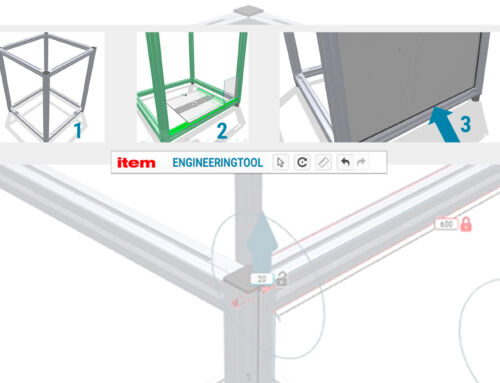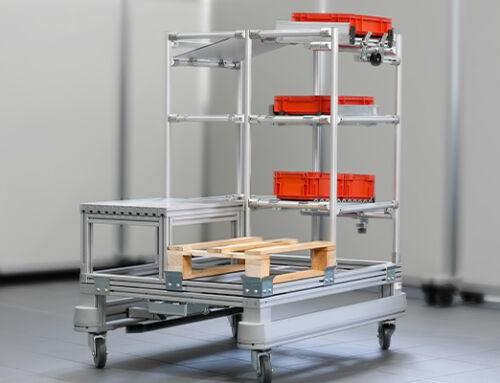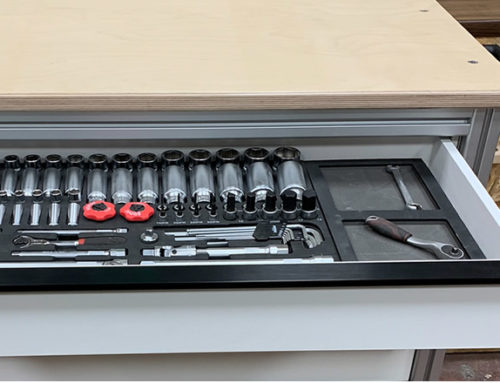A concrete way of achieving continuous improvement.
Lean production has become firmly established – and that’s true in Europe, too. The idea of doing away with entrenched thinking and paying attention to seemingly minor details has breathed new life into industrial production. The lean philosophy also gives greater appreciation to individual employees – after all, they are the ones who know best where waste is produced. Sometimes, though, the crowd of abstract jargon, often virtually incomprehensible, can obscure the view of what the lean movement is actually about. To prevent this, the focus of this blog entry is the PDCA cycle, which illustrates how processes can be optimized.
The PDCA principle – a firm part of CIP
First the basics. One of the founding principles of lean production is Kaizen. This word is a portmanteau from the Japanese Kai, meaning “change”, and Zen, meaning “for the better”, and describes an attitude firmly anchored in Japanese culture. There is, therefore, a concrete goal behind it – to improve the current situation and make it better.
In the course of lean production, this became the continuous improvement process (CIP). This is expressly designed to continuously drive forward change and avoid waste (Muda). However, this inevitably gives rise to some key questions. How exactly can this be achieved? Where is the best place to start? The PDCA cycle, made up of the points “plan”, “do”, “check” and “act” integrated into CIP provides precise answers to this.
How the PDCA cycle works
The individual steps of the PDCA principle are made up of the following tasks:
Plan – Take a good look and try and find processes that need improvement. This should not happen in an office, but rather on site (Gemba), and in close collaboration with employees. Use this evaluation as a basis to draw up a concrete plan for getting the continuous improvement process underway.
Do – Try not to overdo it. The idea is not to change everything overnight. Start small and try simple things first. This is the only way to gain the experience and knowledge that will make it possible to take on larger projects.
Check – Evaluation is everything. What worked and what didn’t? Would it be worthwhile expanding any of the tactics to the entire company? Go through all the measures you have implemented and create an analysis. Only once you have this foundation is it worth taking a look at the bigger picture.
Act – Only now does it come to a major implementation. Implement wide-ranging measures, document them, and test their success. This step might also include workshops or acquiring new equipment. The process then begins again from the start.
The Deming cycle – a roundabout way to success
A quick excursion into the past helps to understand the PDCA cycle better. It was originally known as the Deming cycle, and was named after the American physicist and statistician William Edwards Deming (1900-1993). To truly get back to the beginning, however, we have to go even further back. Deming’s idea was inspired by his teacher Walter Andrew Shewhart (1891-1967), who came up with a concept for improving production processes in the 1930s. He presented this in a course and also immortalised it in a publication.
Shewhart’s cycle was based on the process steps “specification”, “production” and “inspection”, and Deming came across it during his studies. This cycle already involved a dynamic, continuous process. Deming was so impressed by his teacher’s ideas that he developed and refined it, creating the PDCA cycle. This even gave rise to a fertile collaboration. Deming eventually ensured that Shewart’s ideas became popular in Japan after the Second World War. The PDCA principle and its role in CIP is a perfect example of how successful a symbiosis of oriental and European concepts can be.
Would you like to keep up-to-date with the world of lean production? Then we have something that might just help: Simply subscribe to the item blog by completing the box at the top right!









